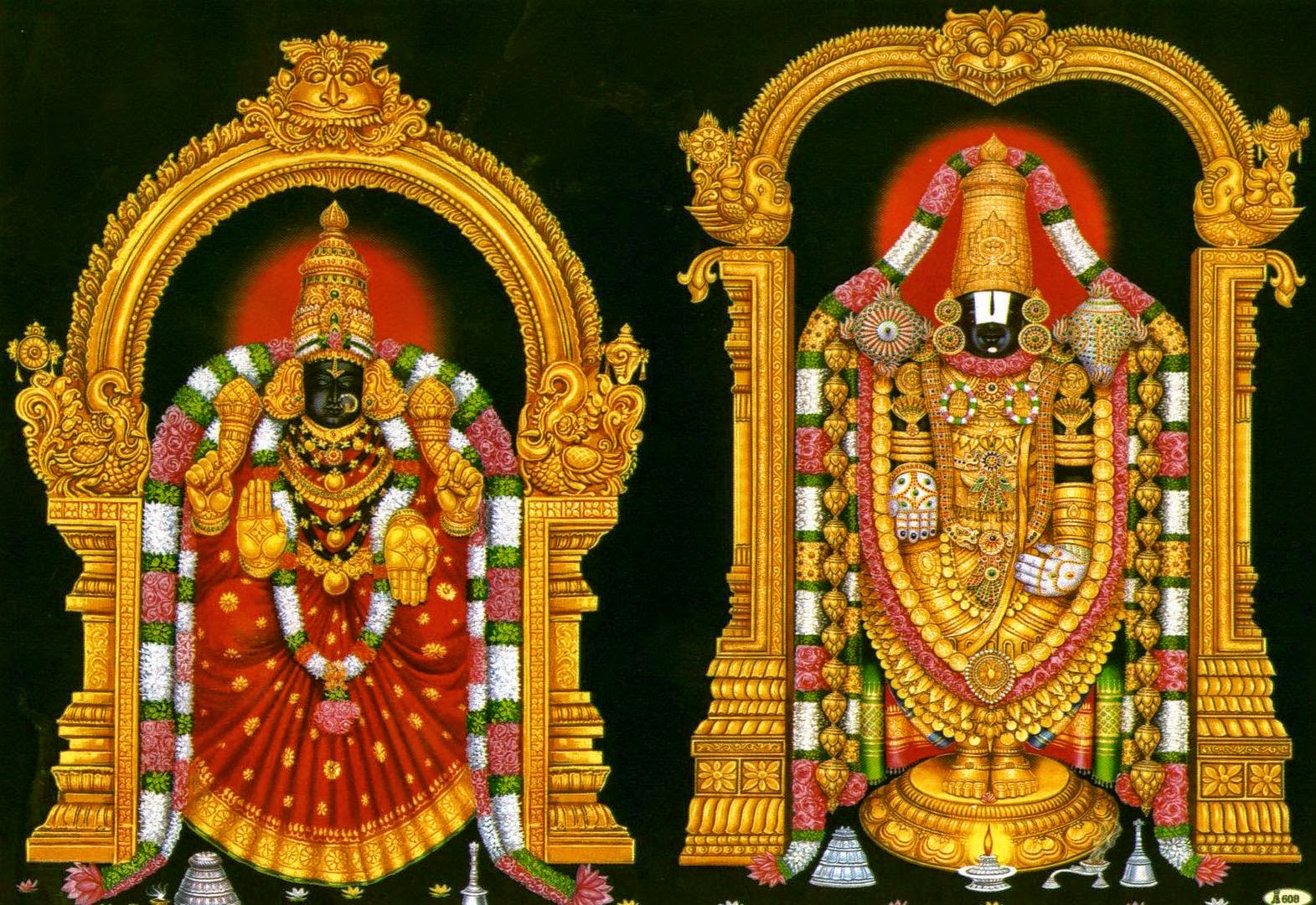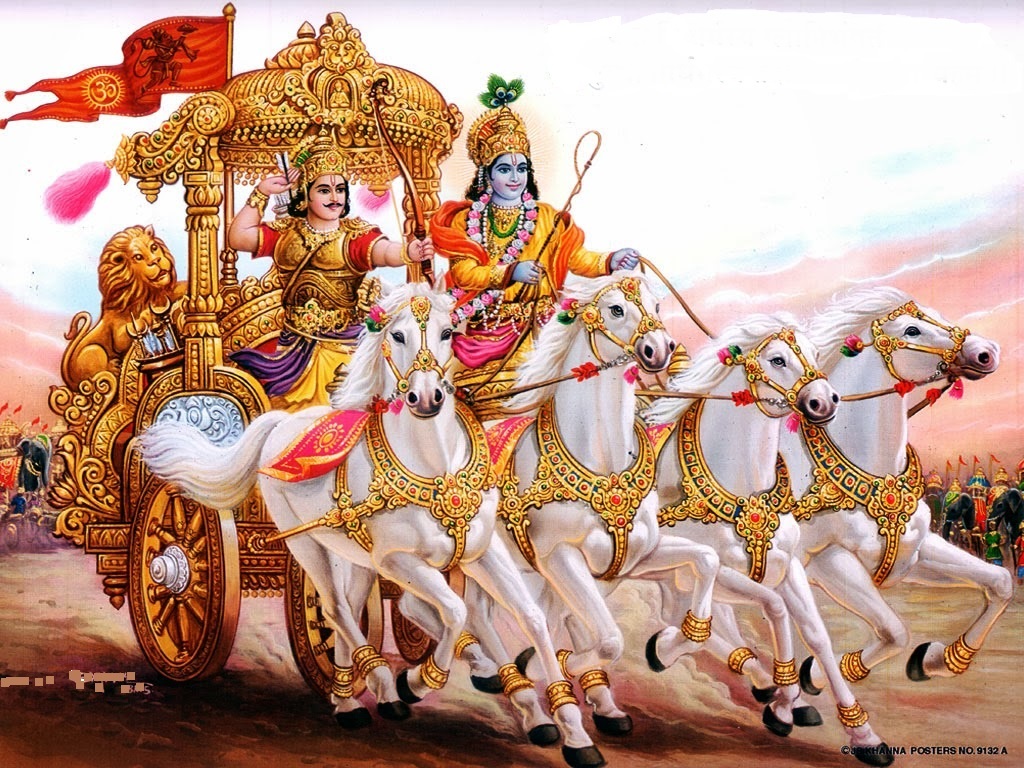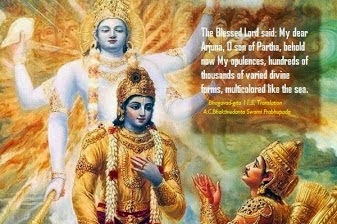The Relevance of the Bhagavadgita to Humanity 11-1: Swami Krishnananda.
Chinmaya Mission:
Wings aren’t meant to stay folded.
The world needs your flight.
Explore Youth Alone Can and awaken the immense strength you hold inside.
The image here shows birds in the sky, Gurudev Swami Chinmayananda reminds us in a parable of a far greater journey that of the “space bird,” symbolizing the spirit’s power to rise beyond all boundaries. Take the next step. Own your
=======================================================================================================
Saturday 24, May 2025, 12:30.
The Relevance of the Bhagavadgita to Humanity:11-1.
Chapter 11: Participating with the Intention of the Universe: 1.
The First Six Chapters of the Bhagavadgita:
Swami Krishnananda
(Spoken on Bhagavadgita Jayanti
=====================================================================================================
Chapter 11: Participating with the Intention of the Universe: 1.
The Creator released His creation of beings with the injunction that everyone is necessarily associated with a sacrifice. This is a very famous statement in a verse of the Third Chapter of the Bhagavadgita: sahayajnah prajah srstva (BG 3.10). A wealth of meaning is hidden in this little half-sentence, as it were. Everyone is born by the ordinance of the Creator with an association with sacrifice and is necessarily connected with sacrifice. Unconnected with sacrifice, nobody is born, which is something very strange and interesting to hear. Sahayajnah is the srishti. Creation is connected, unavoidably and invariably, with sacrifice.
Wonderfully deep is the meaning of the word 'sacrifice'. Anything can be conjoined with the meaning of that word. The Sanskrit word yajna means 'sacrifice'. We may translate it into the English language as 'sacrifice', 'self-abnegation', 'self-alienation', 'sharing', 'parting with', 'giving', 'exceeding oneself by parting with a share of oneself', and so on. Deep is the meaning of the word 'sacrifice'.
We have a pithy statement in the Vedic lore which states yajno vai vishuh (Yajurveda 6.2.9.2):
The ruler of the universe is sacrifice. Vishnu is the supreme cosmic administrative ruling principle. The supporting power of the universe is Vishnu. It is identical with sacrifice, which means to say, we are supported by the principle of sacrifice. 'We are supported' means that we are enabled to live, that we exist because of this sacrifice. But for the existence of such a thing called sacrifice, existence would not be possible.
Now, this is a little hint in the beginning of the Third Chapter of the Gita. What is meant by 'sacrifice being connected with all beings'? We are all living beings, and everything is a being. It is necessarily connected with a sacrifice, which means to say, an obligation to render in respect of everything else an act of sharing and cooperating for the purpose of not only one's own sustenance but a mutual sustenance. This mutuality of sustenance is brought out in the second passage of the very same chapter.
Devan bhavayatanena te deva bhavayantu vah, parasparam bhāvayantah śreyah param avapsyatha (BG 3.11):
Worship the gods, adore the divinities and share what you have with these divinities, so that they may bless you with their grace and enable you to live comfortably and securely.
There is, in the midst of these two little verses, a complete philosophy of life, as it were. As we have noted in our earlier sessions, there is a cooperative activity automatically going on in all of nature, so that every part of creation is sustained by the very fact of this cooperative movement and sustenance. It is a balancing of cooperative contribution that gives the appearance of the existence of an individual. We exist as individuals, and seem to be living as persons independently by ourselves. Are we really independent persons? Or are we appearing to be independent? We may, in our blinded vision of things and clouded idea of our own selves, think that we are really independent individuals, but a wider vision and a deeper probe into the secret of things will reveal that we are not independent individuals. There is a fabric of interconnected constituents which gives the appearance of the sustenance of every part. The part seems to be balanced in its position on account of energy in the form of a sustaining contribution coming from every other part. The balancing of forces in a particular manner, a type of concentration of this balancing of energy in a particular point in space and time, looks like an individual, tentative existence.
There is a rapid movement of forces – sattva, rajas, tamas. They never are stable in themselves. The whole universe is a movement, it is a velocity, it is an ocean of inwardly active, moving and energising elements, so that the inward activity of this threefold force called sattva, rajas and tamas in a particular or given manner, at a given moment of time, projects a kind of universe, a particular pattern or form of the coming together of these three forces, is a world. These forces can assume another pattern if the need be, and another world can be created.
Varieties of pictures can be painted with the same kind of inks. There can be only three inks, say red and blue and yellow. There are three inks in three bottles, and the artist manufactures a picture out of these three inks only, by the act of his brush. You can know and appreciate that he can bring about any picture out of the very same inks. He can paint a dog, a horse, a man, an angel, a tree, a hill, or a landscape. Any blessed thing can be created by the manipulation of these three inks only. The proportion of distribution, the intensity of the ink, and so on, will decide what kind of picture is to be presented. Similarly, varieties of worlds are there. Endless are the possibilities of space-time complexes. This is one kind of space-time complex, and one kind of picture is before us. We may think that this is the only world that is possible and no other world is possible. It is not so. It is like imagining that with the inks you can have only one picture, and not more than one picture.
*****
Continued














Comments